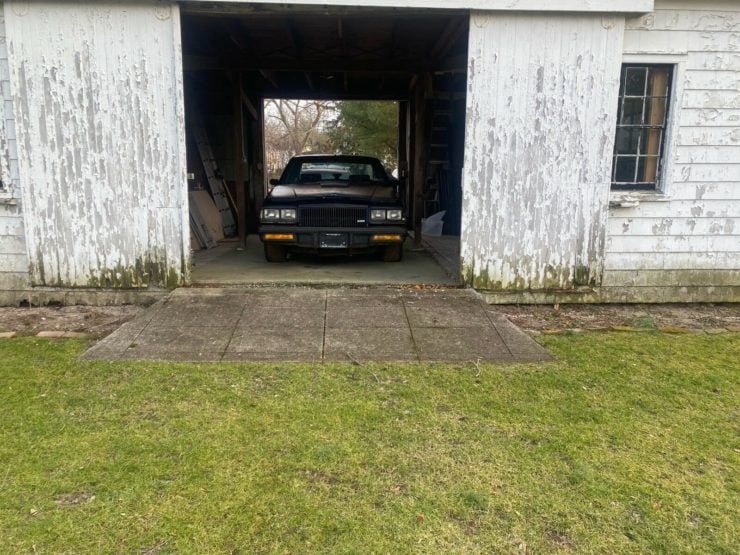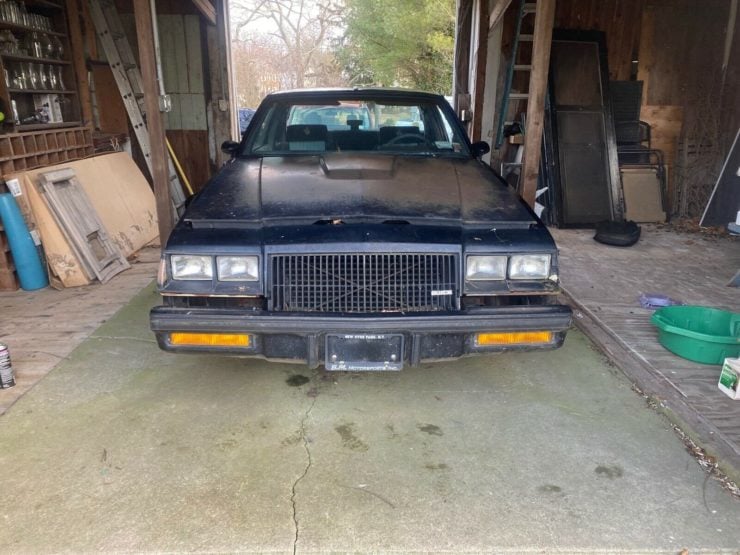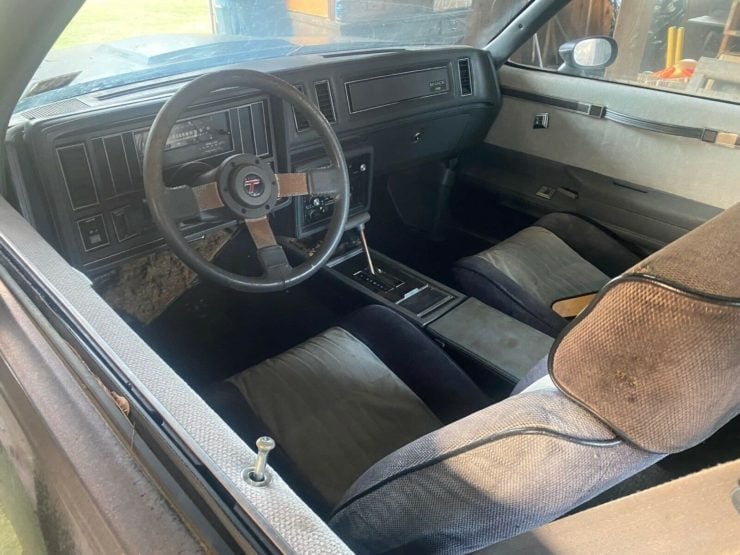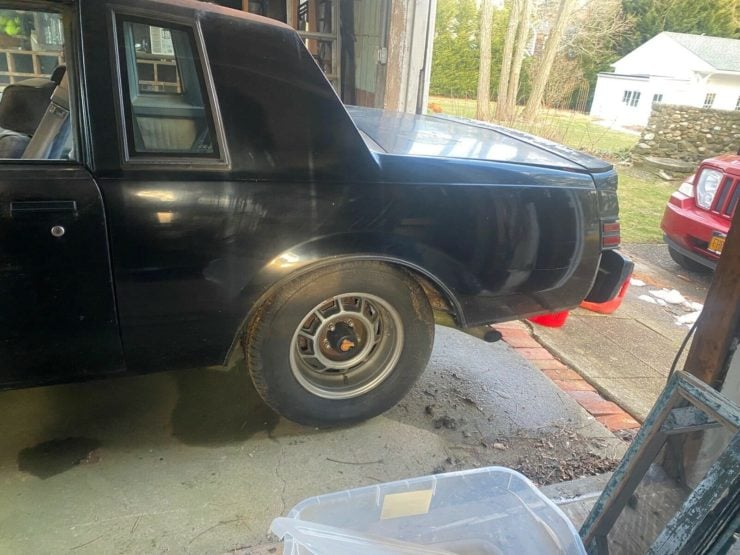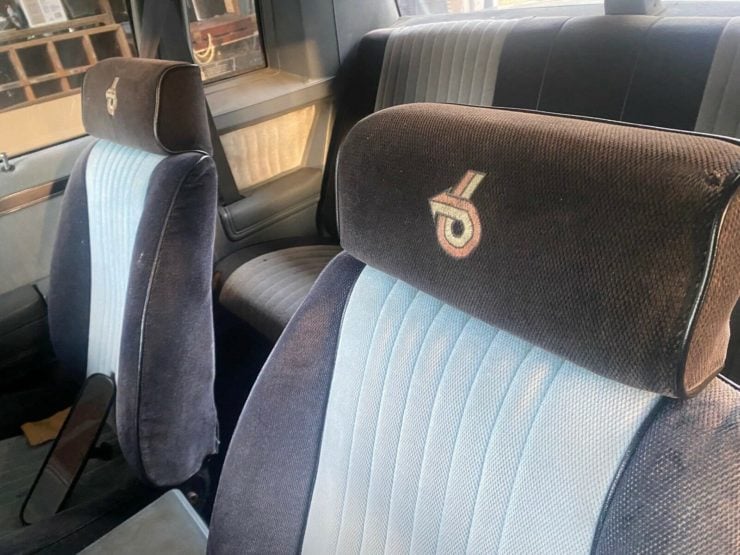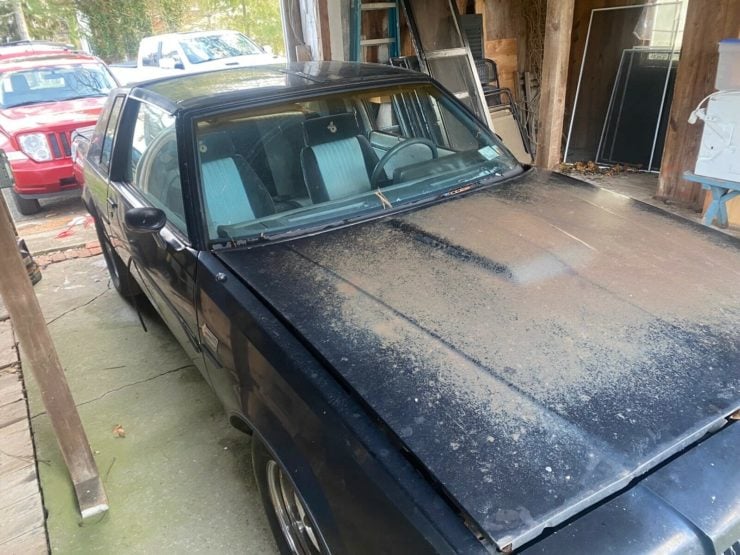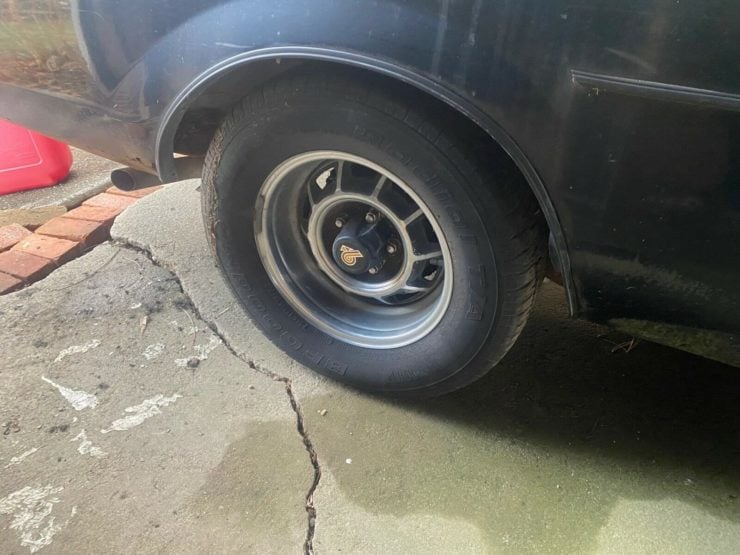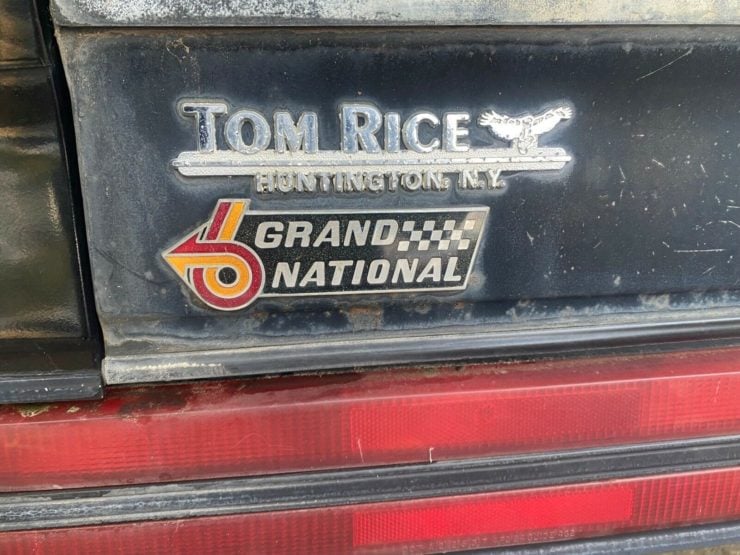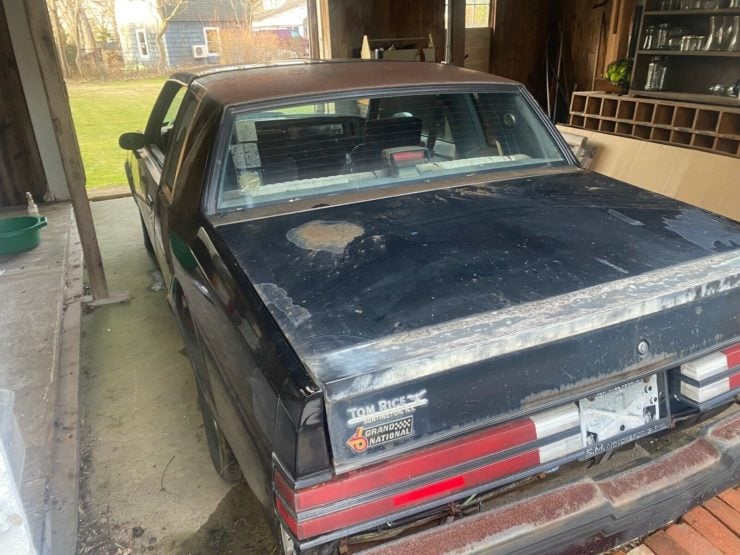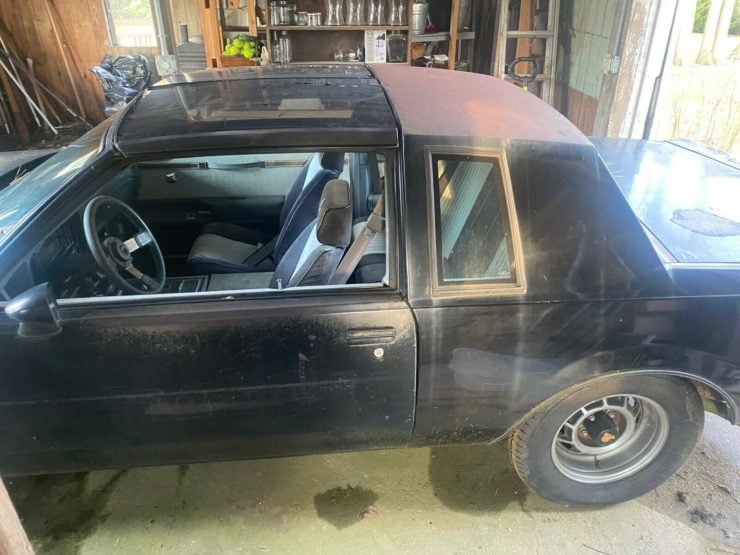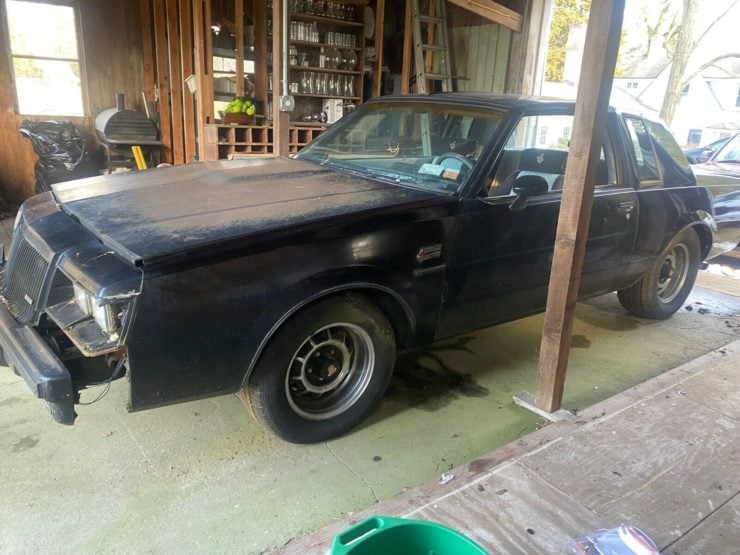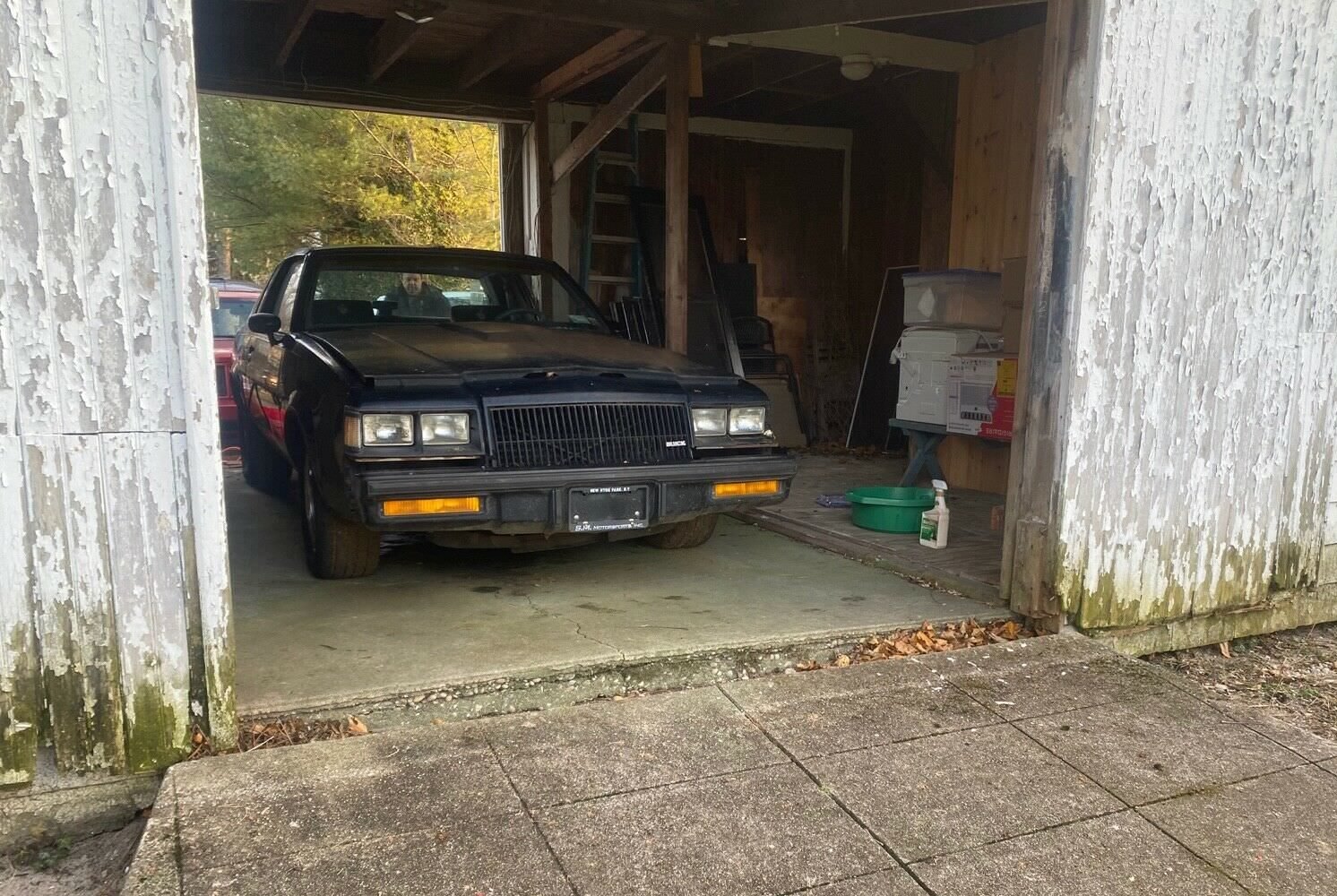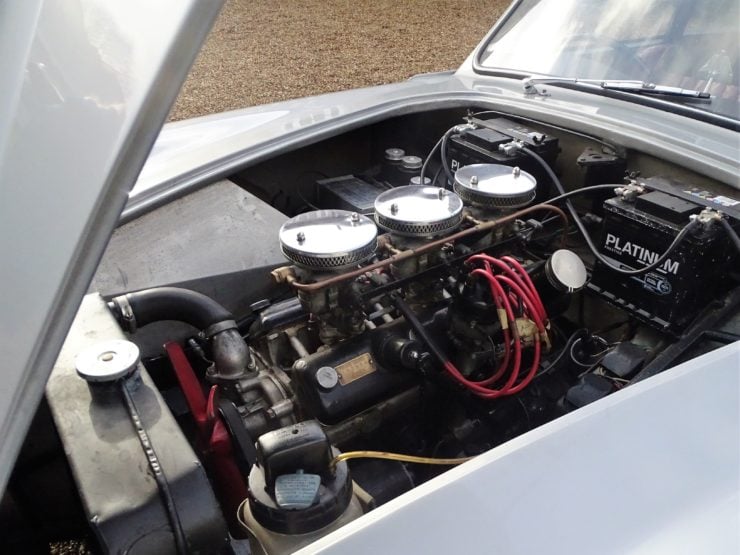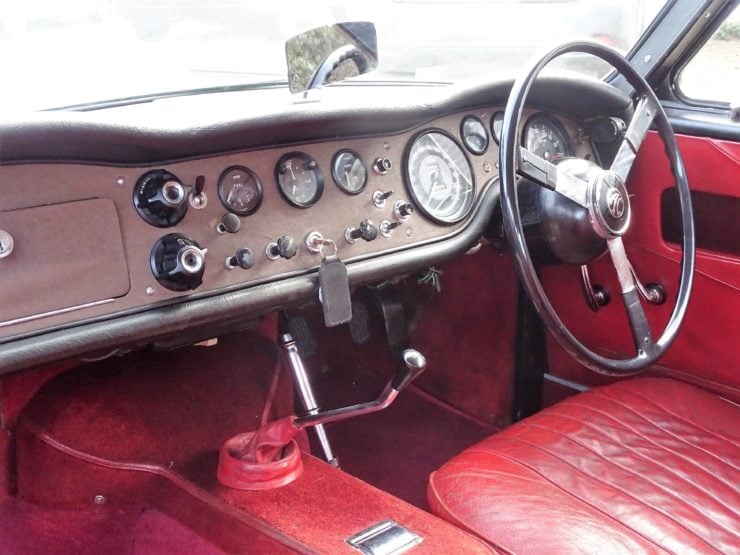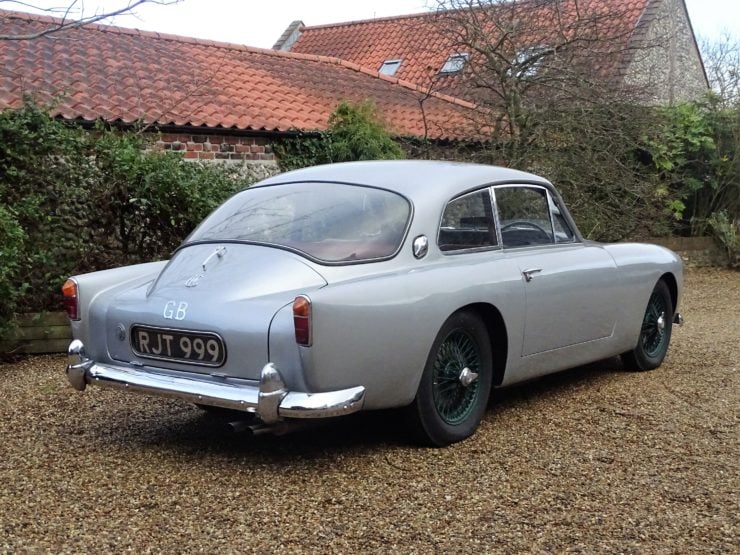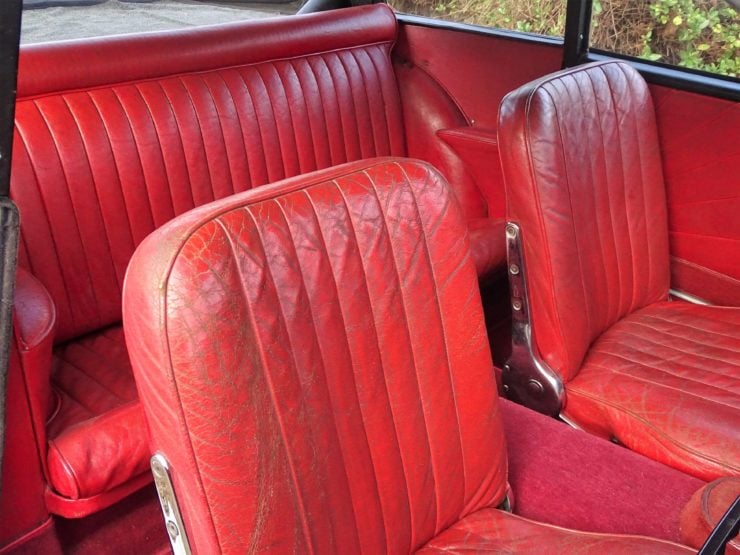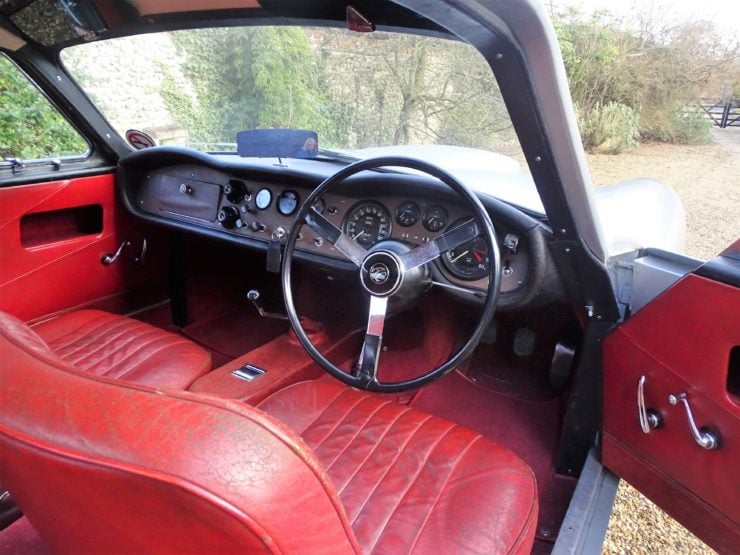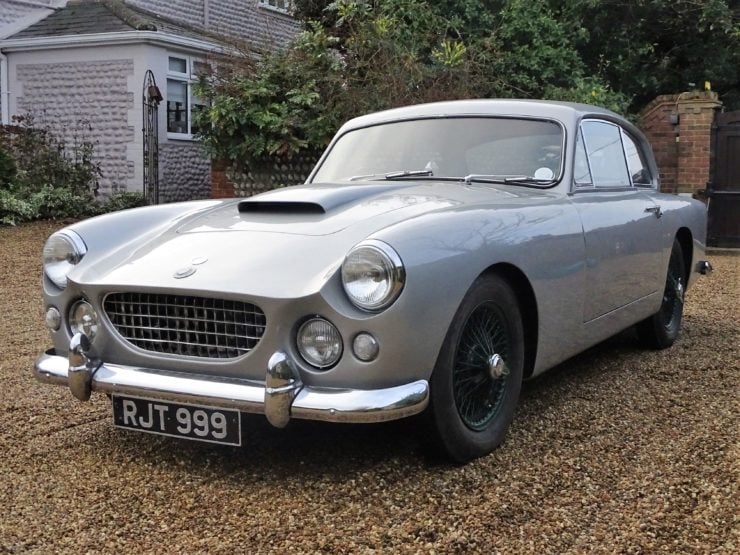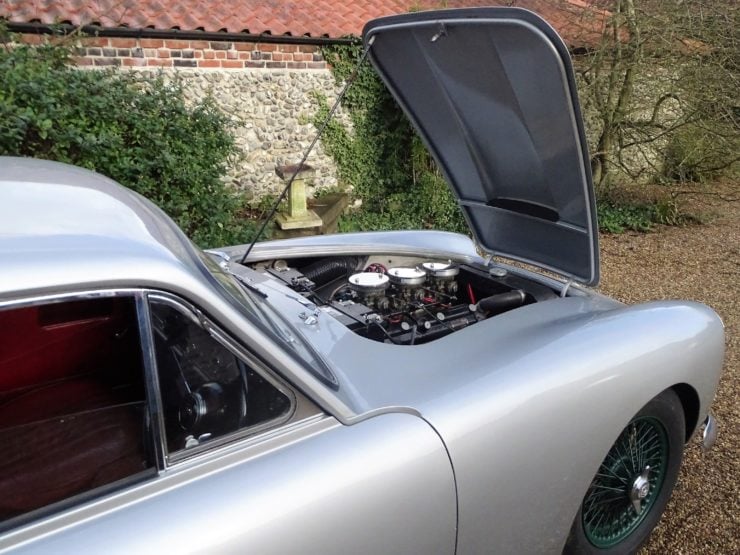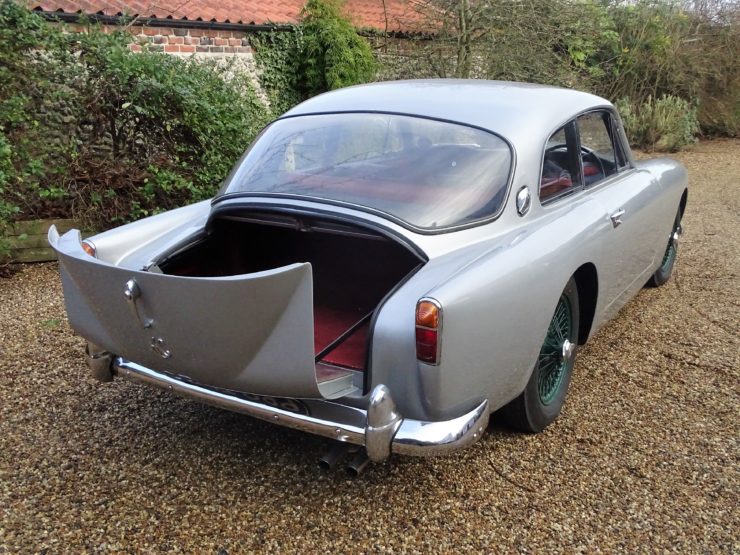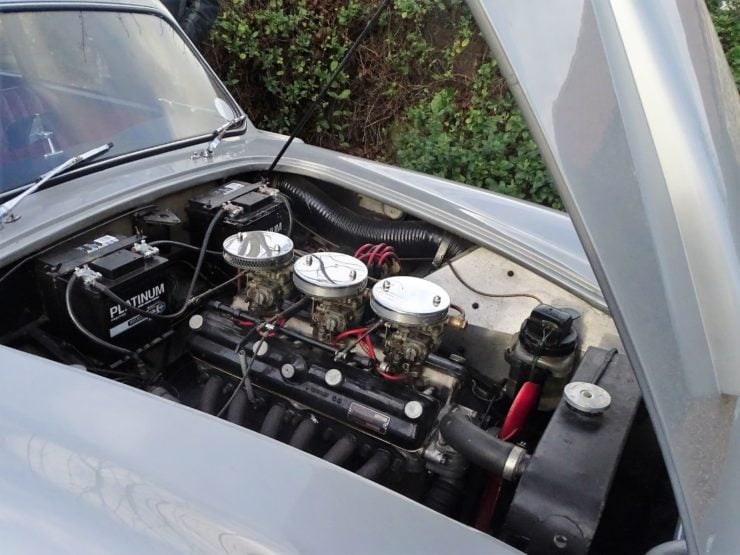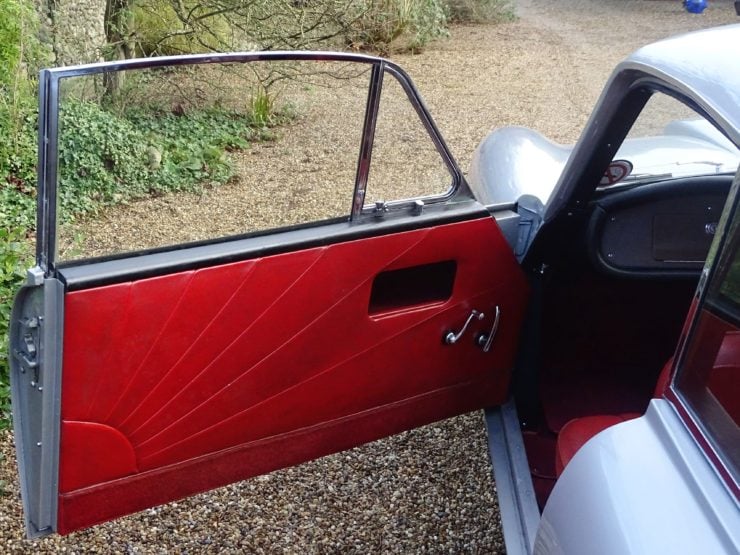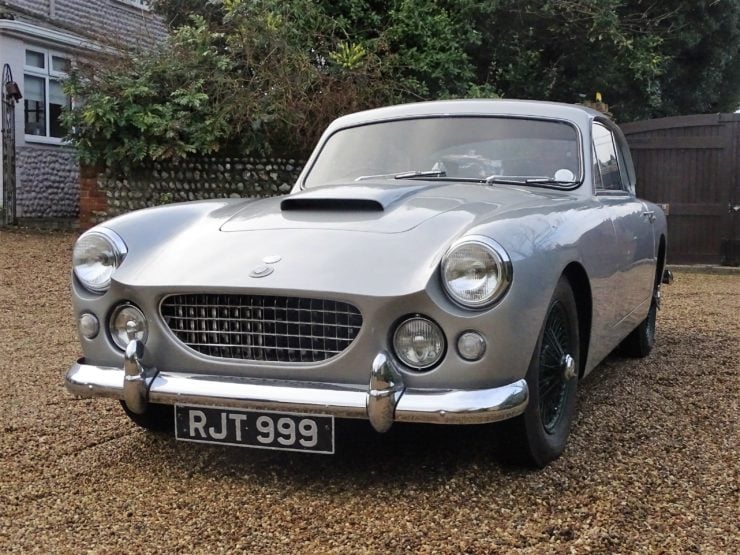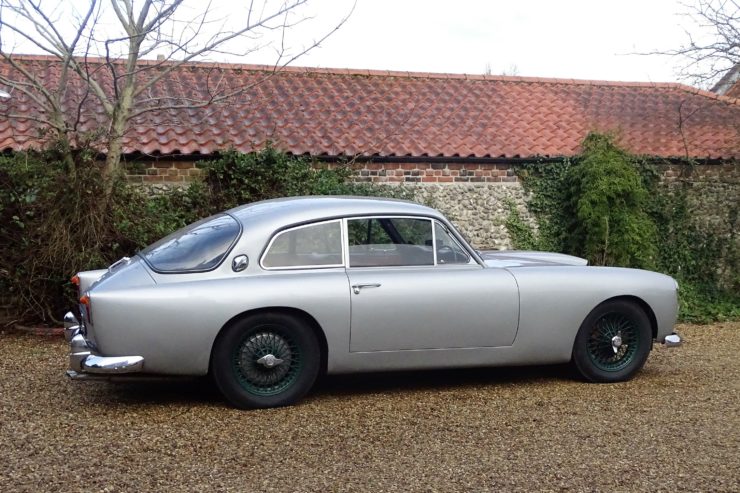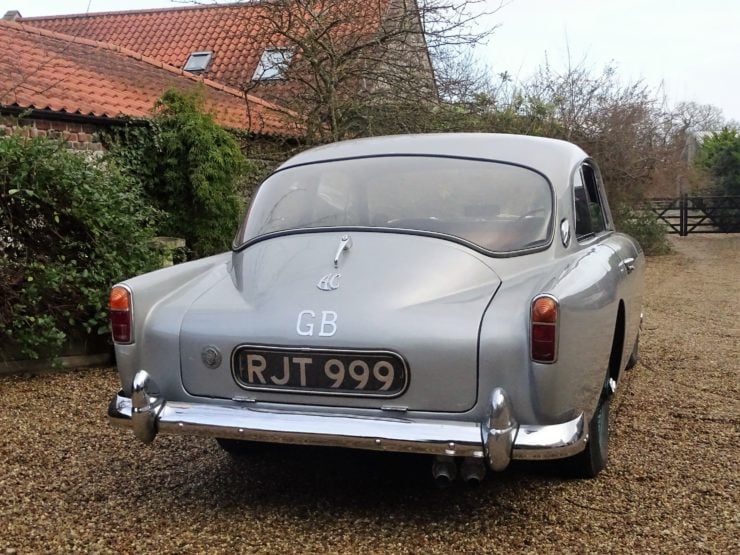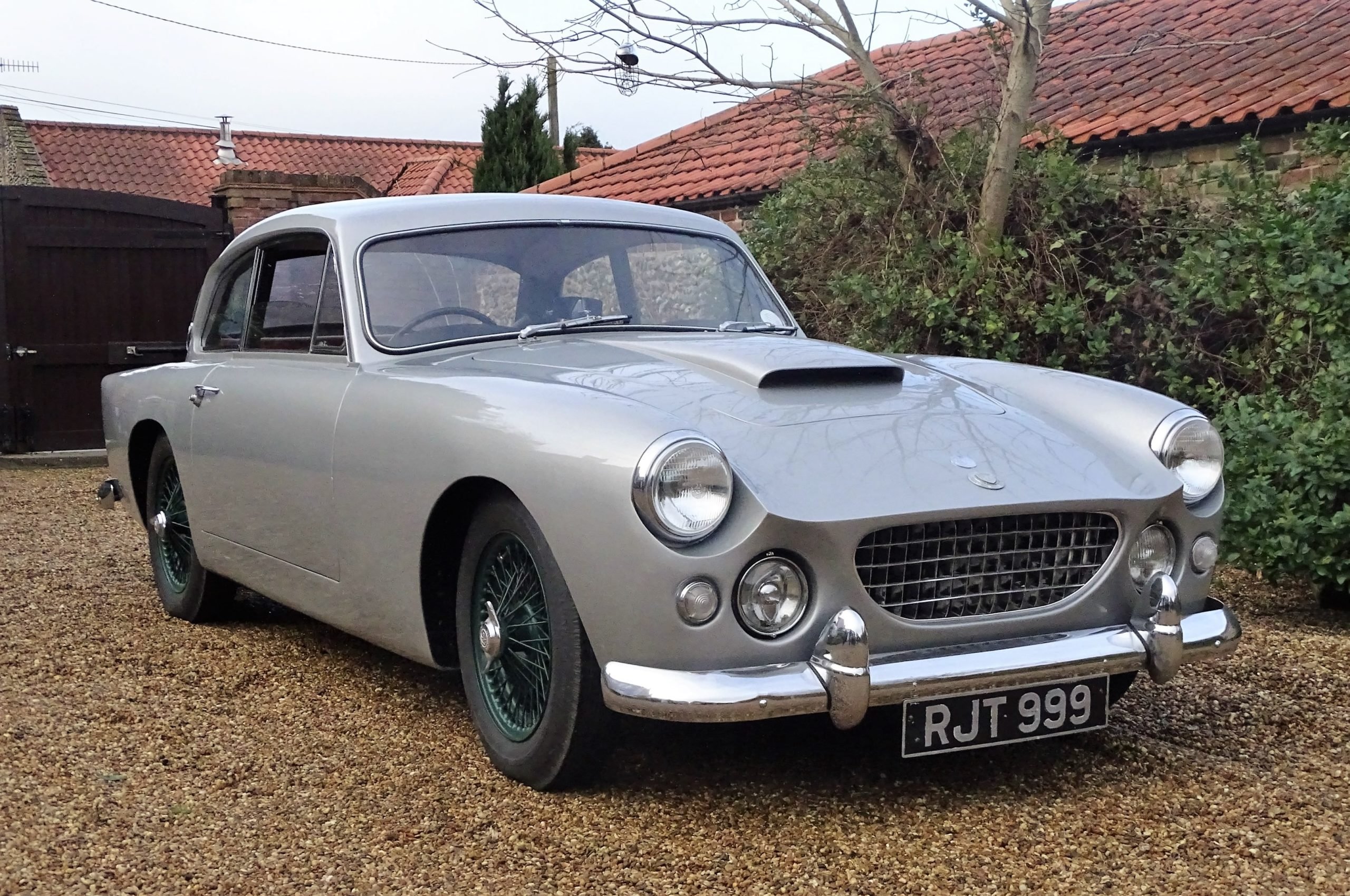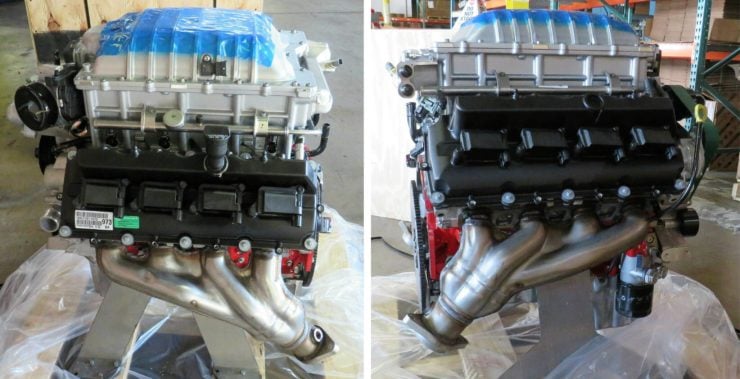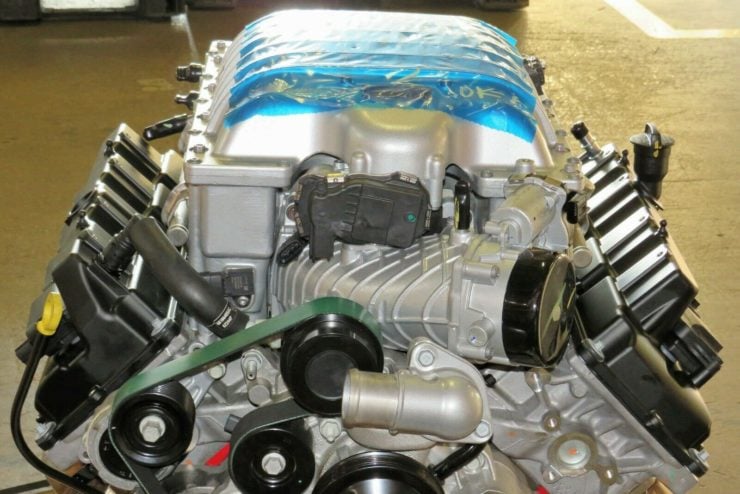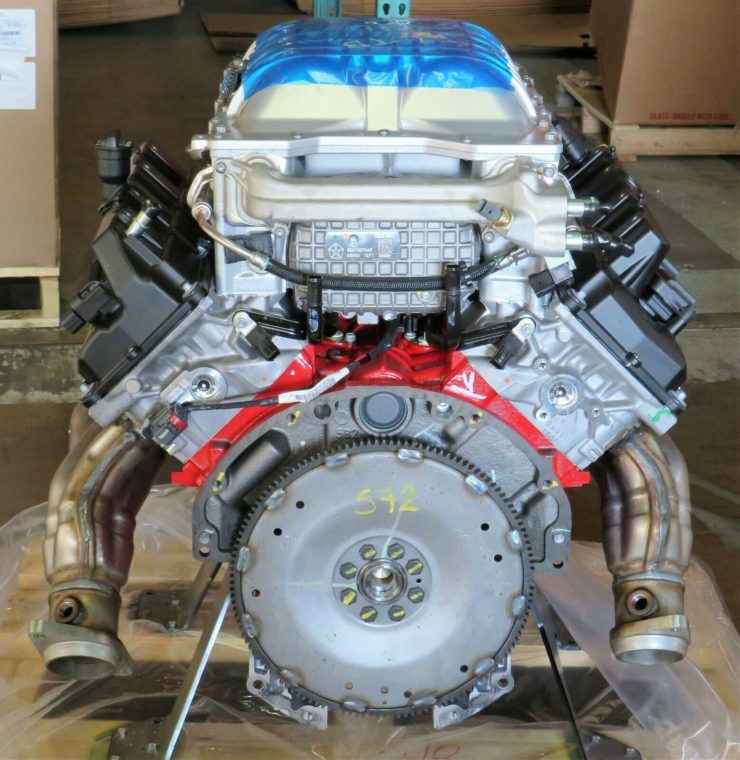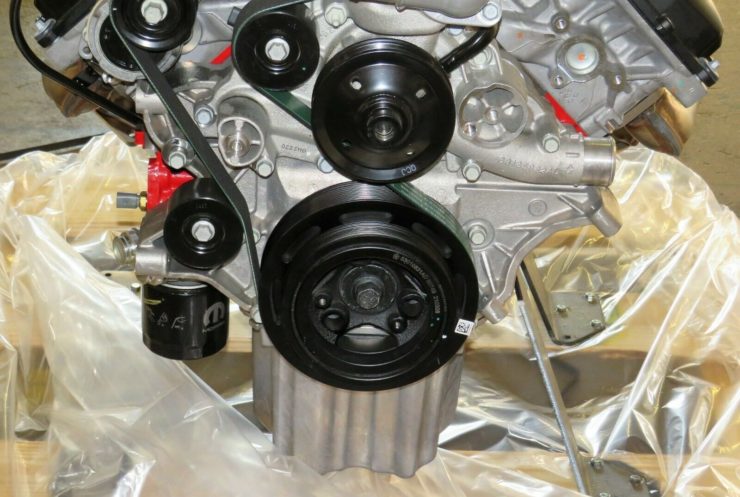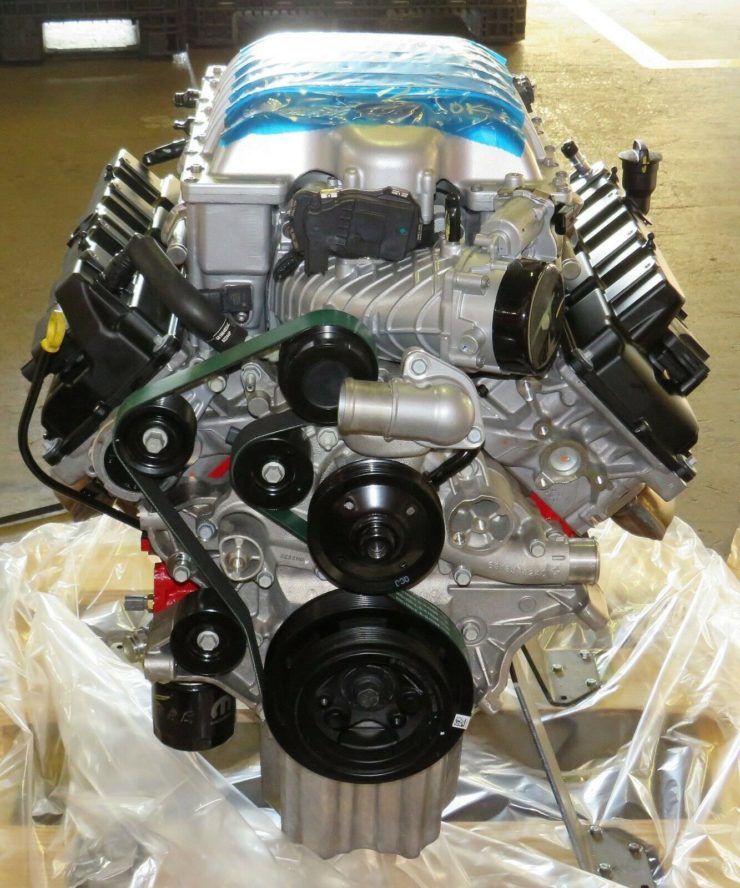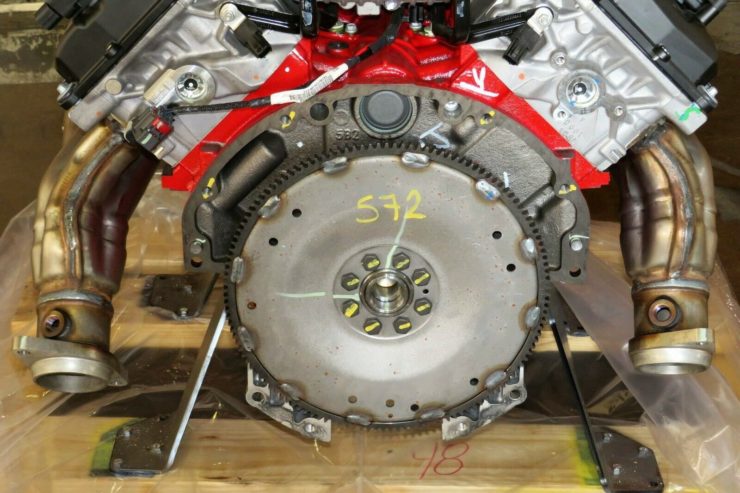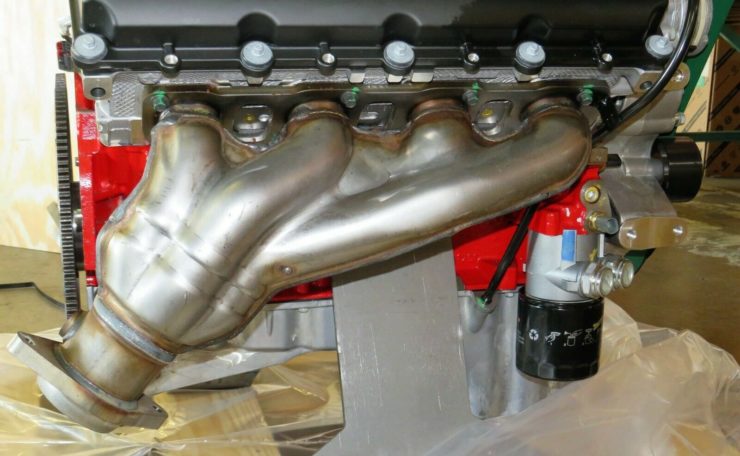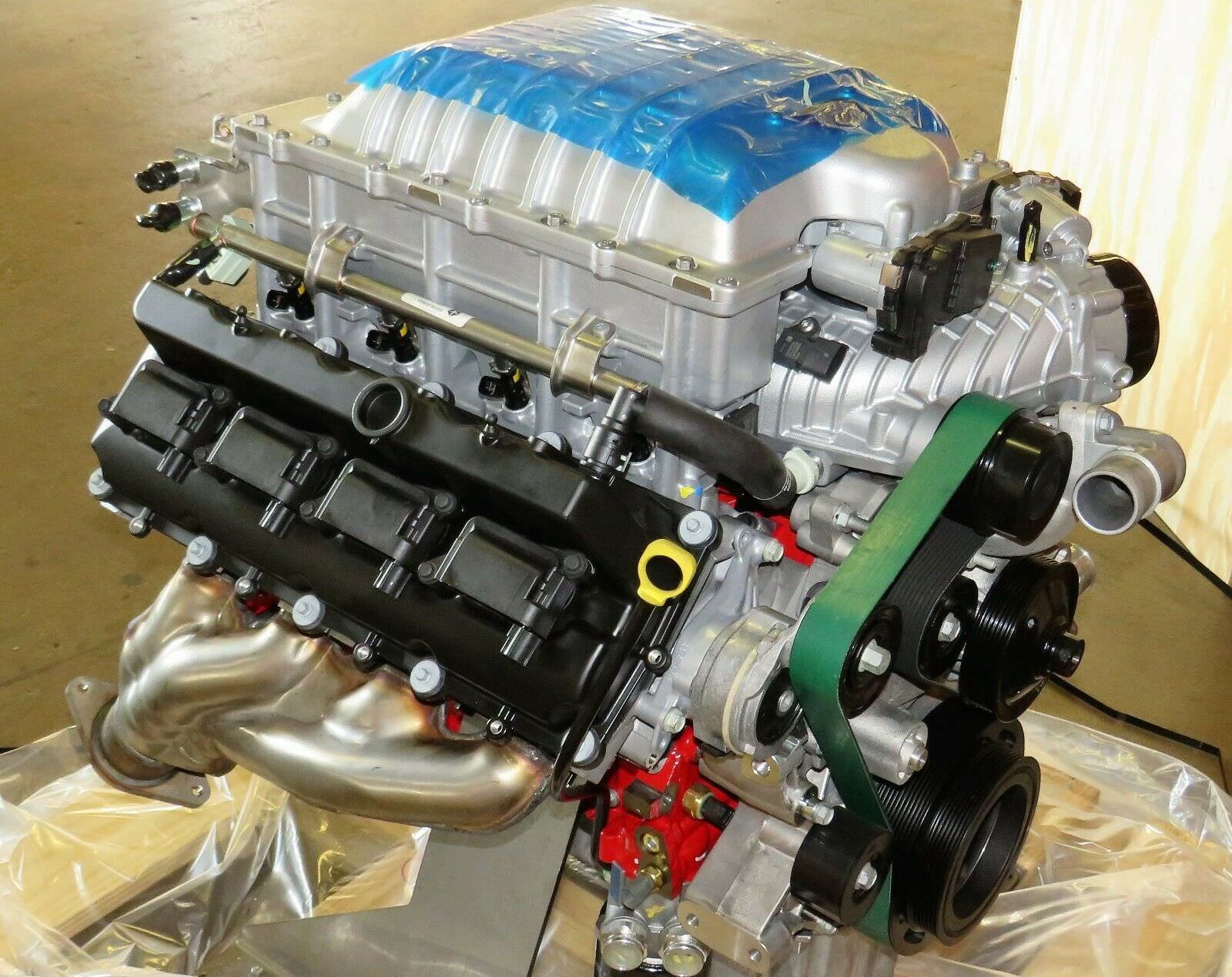This is a rare Isuzu Piazza in Nero XE specification with the desirable “Handling by Lotus” package that vastly improved the capabilities of the Italian-designed, Japanese hatchback.
Despite its eye-catching looks the Isuzu Piazza is still a relatively little-known sports hatchback from the 1980s. Unlike many of its contemporaries it’s rear-wheel drive, and it was styled by Giorgetto Giugiaro – the designer of the DeLorean DMC-12, BMW M1, Maserati Merak, and the unusual Gordon-Keeble GT.
Fast Facts – The Isuzu Piazza
- The Isuzu Piazza was introduced in 1981 to offer an alternative to the common front-wheel drive hatchbacks pouring out of Europe. With its rear-wheel drive arrangement and futuristic Giugiaro styling, the Piazza became a cult classic.
- In the US market the Piazza was marketed as the Isuzu Impulse and in Australia it was sold as the Holden Piazza, carrying Holden badging.
- The first generation of the Piazza was powered by either a naturally aspirated or turbocharged 2.0 liter engine, a 2.3 liter naturally aspirated engine was later introduced for the US market. Front suspension was independent and the cars received a live axle rear end.
- The most desirable version of the Piazza is the “Handling by Lotus” variant that featured largely redesigned front and rear suspension and improved brakes, paired with the 2.0 liter turbocharged engine option.
A Different Kind Of Hot Hatch
Though there is some disagreement it’s generally accepted that the VW Golf GTI launched what would become known as the “Hot Hatch” phenomenon in Europe and around the world.
Above Video: This is a 1988 review from the Isuzu Piazza Lotus by MotorWeek, known as the Isuzu Impulse in the US market.
Though performance versions of small cars had been made before, like the Fiat 595 Abarth and the Mini Cooper S for example, the Golf GTI was the first to include all of the ingredients of the hot hatch into a single vehicle.
By the late 1970s it was clear to executives at Japanese automaker Isuzu that the Isuzu 117 Coupé was getting long in the tooth, and that a replacement was needed for the rapidly approaching decade of the 1980s.
Isuzu worked with legendary Italian designer Giorgetto Giugiaro of Italidesign on the project, the same man who had designed the earlier 117. Giugiaro created a modern, almost futuristic design with a wedge-shaped side profile, a hatchback (or lift back) rear, two doors, and seating for four.
The concept car was first shown to the public at the 1979 Tokyo Motor Show where it proved hugely popular, so popular in fact that Isuzu rushed it unto production.
Isuzu Piazza – Specifications
The first generation Isuzu Piazza was built from 1981 until 1990 at which time it was replaced by the notably less successful second generation version. We’ll be focussing solely on the first generation cars here today.
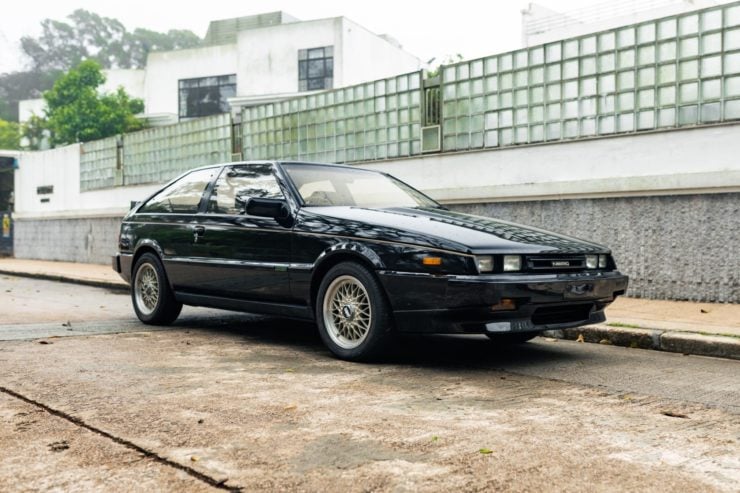
The styling of the Piazza was futuristic by the standards of the 1980s, you can see shades of the DeLorean and BMW M1 in its lines as well – all three cars were designed by the same man within a few years of one another.
Four primary engines were offered over the Piazza’s 10 year production run, the least powerful was the 2.0 liter (1949cc) naturally aspirated engine producing 90 hp and 108 lb ft of torque.
A turbocharged version of this engine was offered which initially made 140 hp and 166 lb ft, and this was later updated to the 4ZC1 turbocharged inline-four producing 180 hp and 185 lb ft of torque.
A naturally aspirated 2.3 liter engine was later introduced for the US market, which made 110 hp and 127 lb ft of torque.
Trim Levels And Handling Packages
At least six trim levels were offered including Bella, XN, XJ, XE, XG, and Nero, there were also three different suspension tuning levels, standard, Irmscher, and Lotus. The Lotus option was by far the most desirable as it included redesigned sway bars, new stiffer dampers, new bushings, and a change in spring rates that noticeably improved handling. The Lotus package also included uprated brakes.
The Piazza rides on independent front suspension with a live axle in the rear, coil springs were used at each corner. The use of a live axle in the rear was mildly controversial as independent four-wheel suspension was standard for the hot hatch genre, however with the Lotus handling improvements these criticisms were largely resolved.
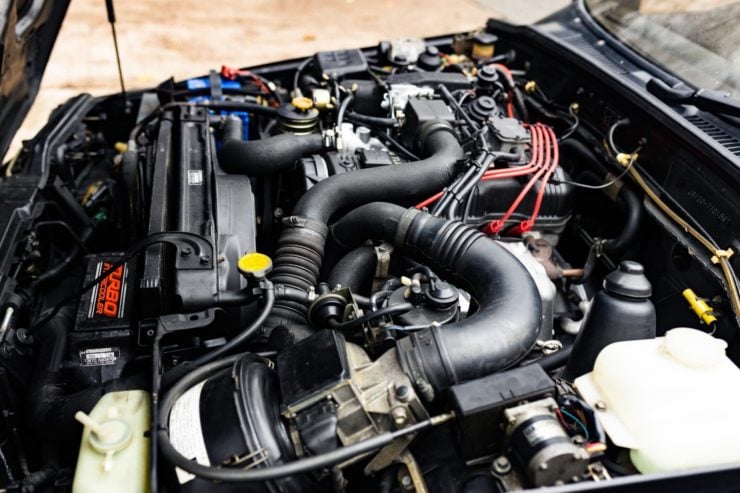
This is the 2.0 liter turbocharged version of the Piazza engine producing 140 hp and 166 ft lbs of torque.
With its distinctive Giugiaro styling and the solid performance of the turbocharged versions it’s surprising that the Isuzu Piazza isn’t better known that it is. It remains a solid 1980s cult classic with a dedicated fanbase, you have to wonder if it’s only a matter of time before the Radwood generation discover the model en masse and pricing soars.
The 1988 Isuzu Piazza Nero XE “Lotus” Shown Here
The car you see here is a 1988 Isuzu Piazza Nero XE with the “Handling by Lotus” package. It’s listed as a highly original example and it’s powered by the 2.0 liter turbocharged inline-four, delivering 140 hp and 166 lb ft of torque to the rear wheels via a 5-speed gearbox.
This car was well-optioned when bought new, it has cruise control, electric windows and mirrors, a Technics Dolby stereo with a graphic equalizer, and air conditioning. The exterior is Nero black and the interior is trimmed with grey cloth, and it rides on 15 inch multi-spoke BBS alloy wheels.
This car is for sale out of Hong Kong, it’s being auctioned live online by Collecting Cars and it’s currently showing 90,804 kms on the odometer (56,422 miles). If you’d like to read more about it or register to bid you can click here to visit the listing.
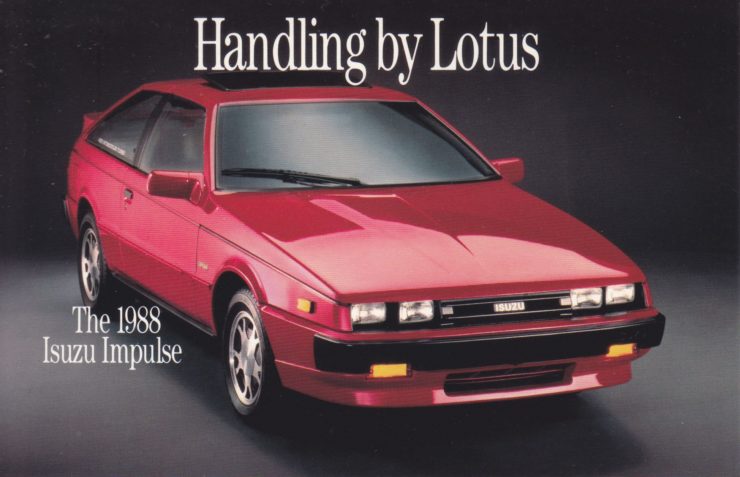
A period advertisement showing the 1988 Isuzu Impulse with the Lotus handling package, this was the American version of the Piazza.
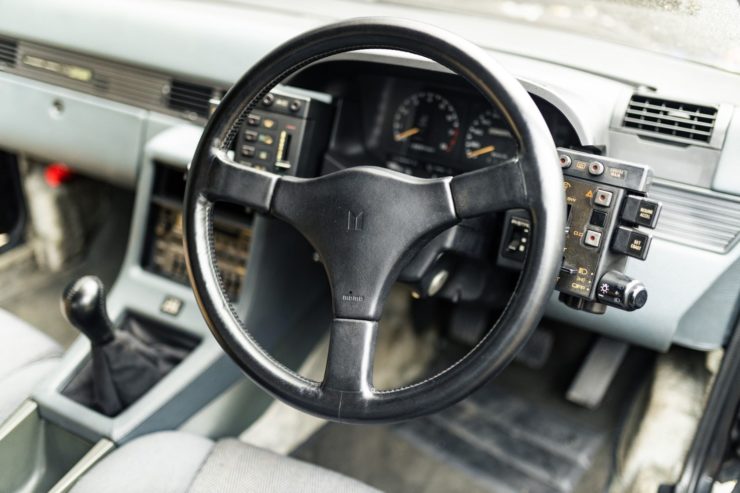
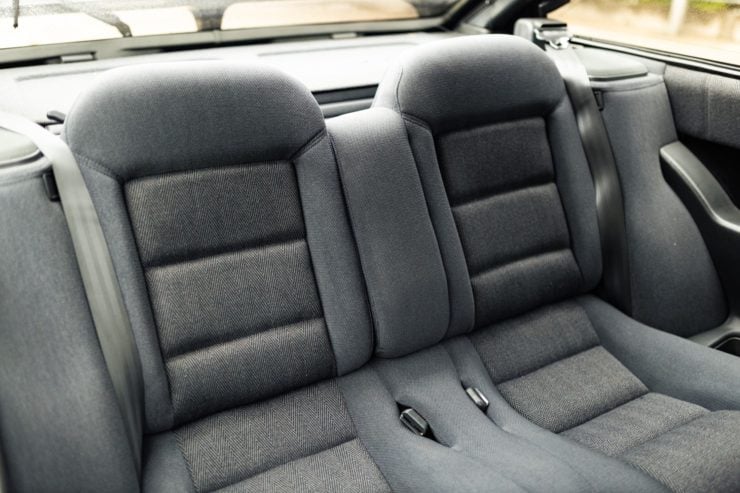
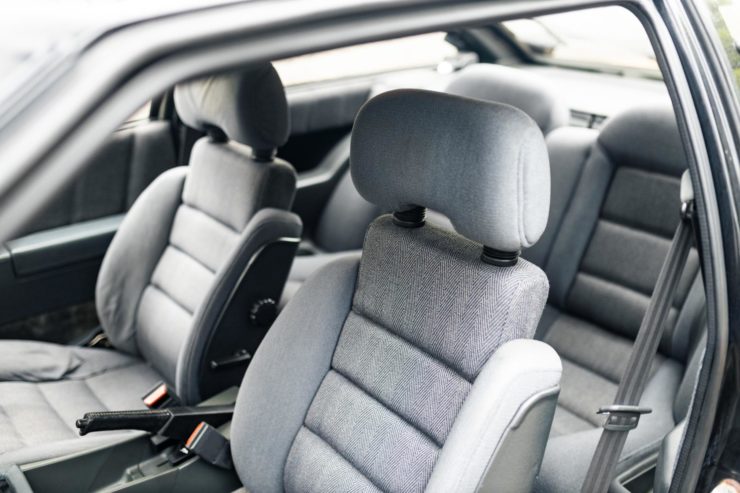
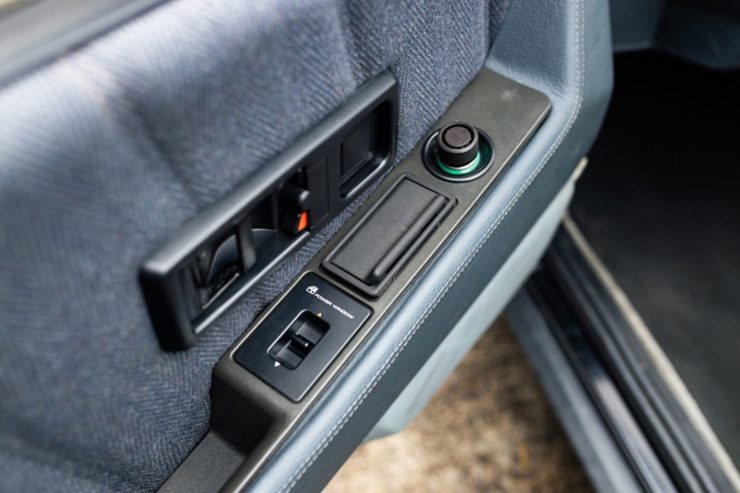
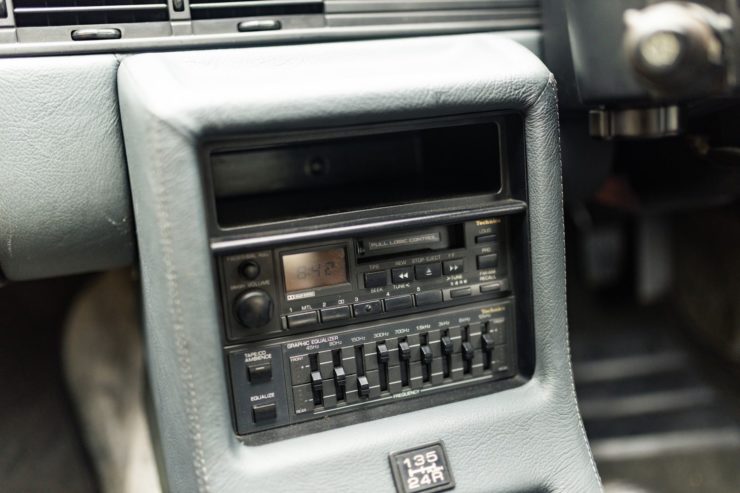
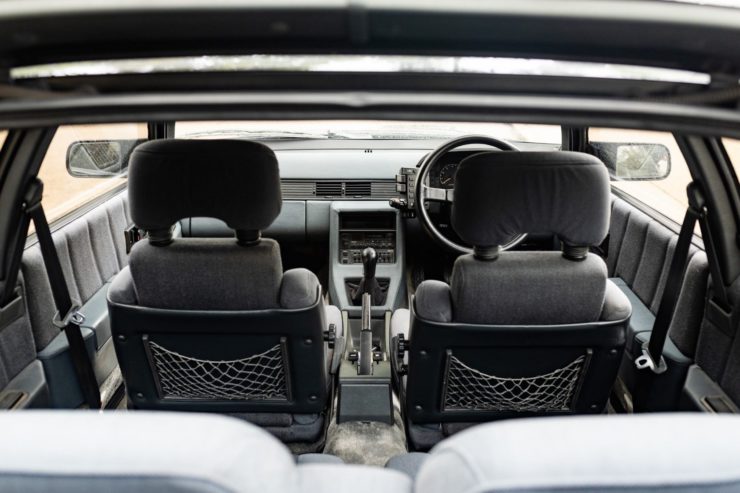
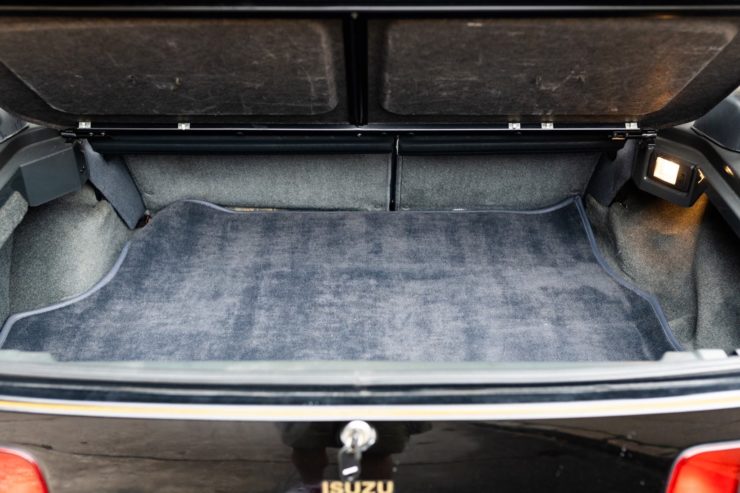
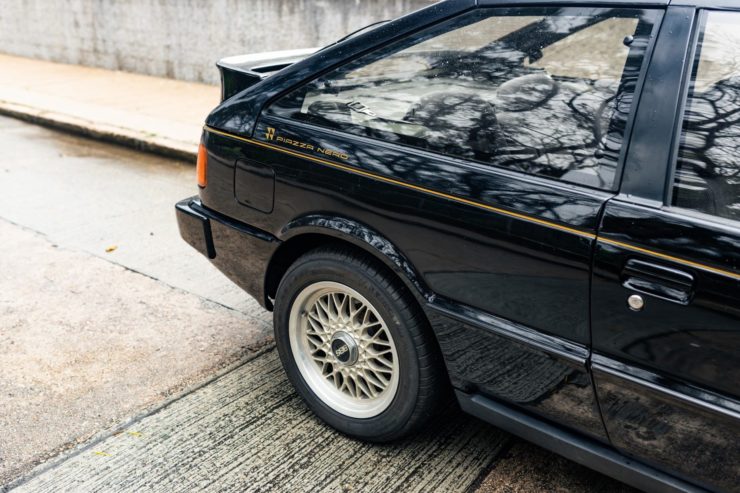
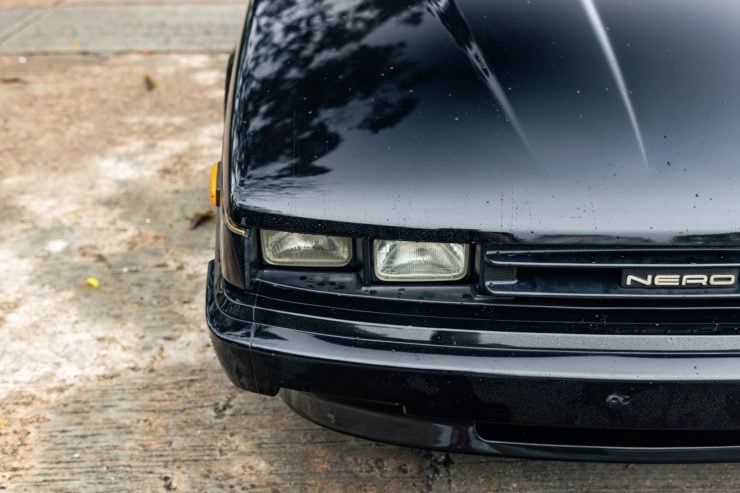
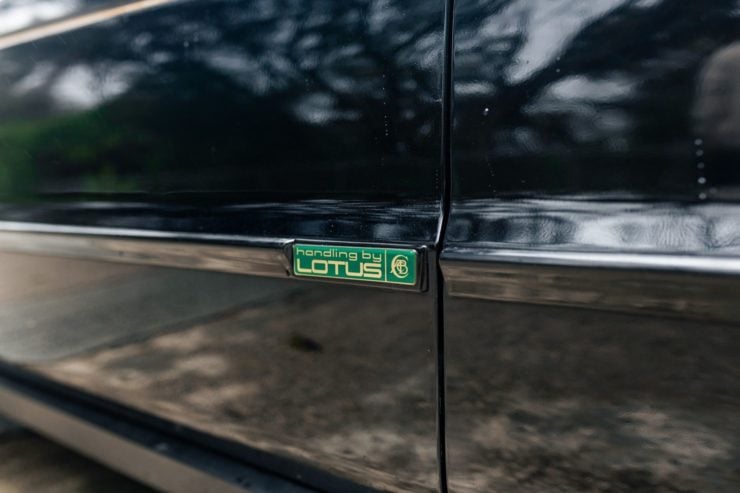
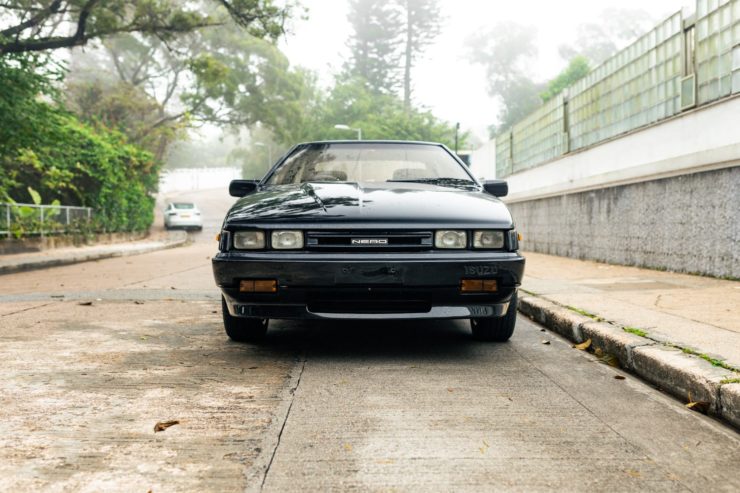
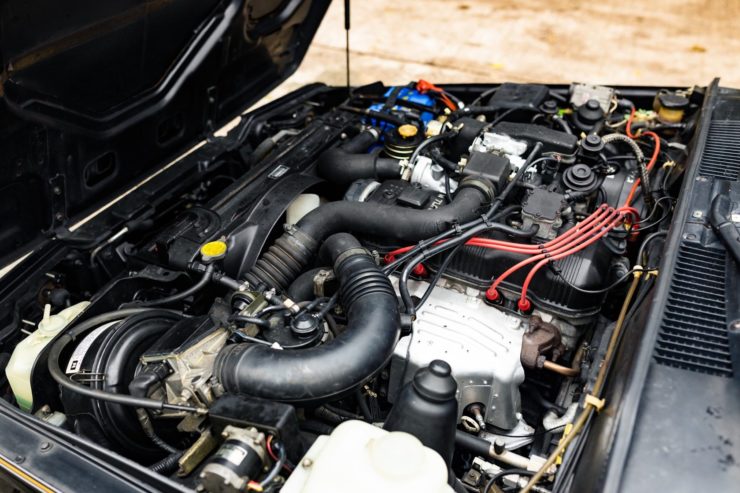
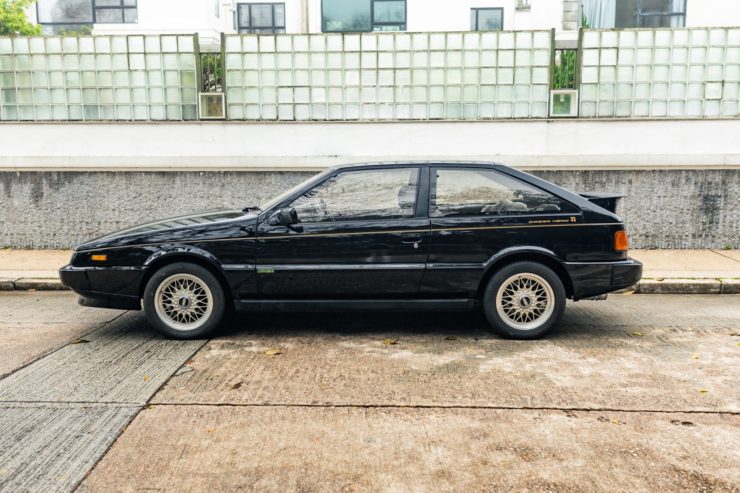
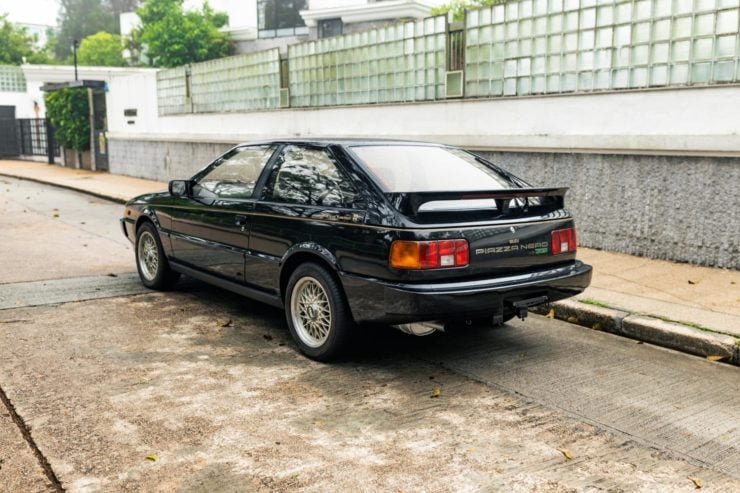
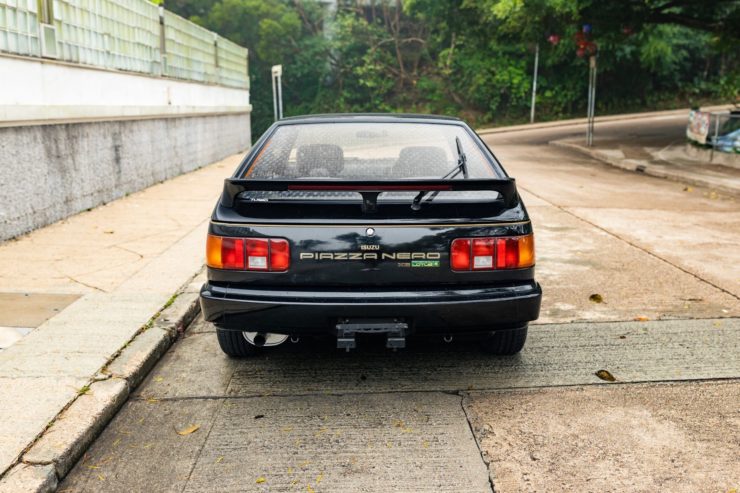
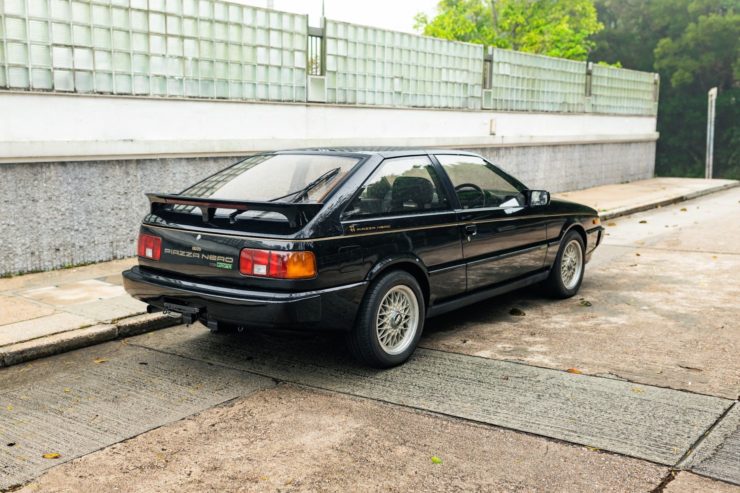
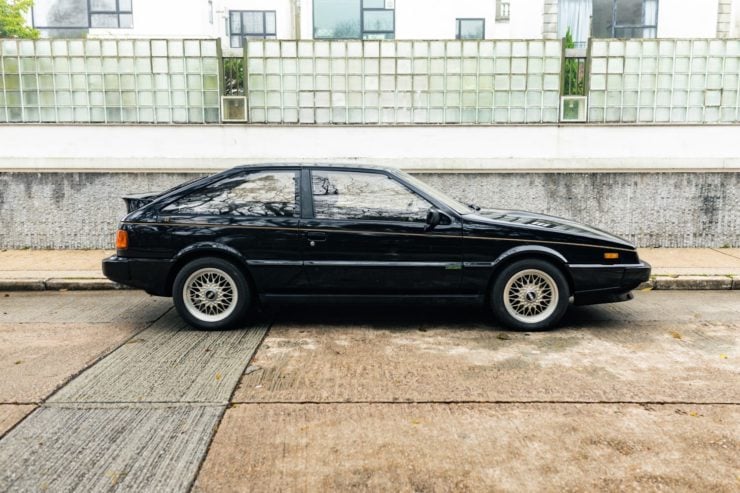
Images courtesy of Collecting Cars

The post A Rare 1988 Isuzu Piazza Nero XE: “Handling by Lotus” appeared first on Silodrome.
from Silodrome https://silodrome.com/isuzu-piazza-lotus/
via gqrds
